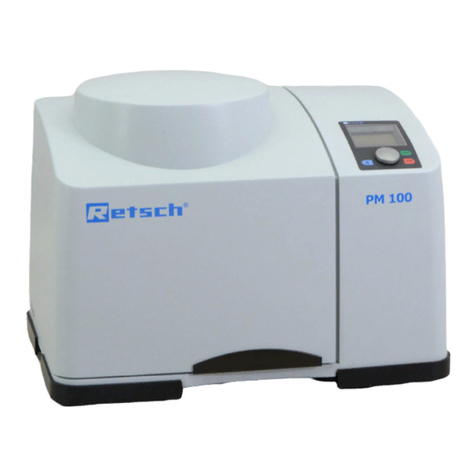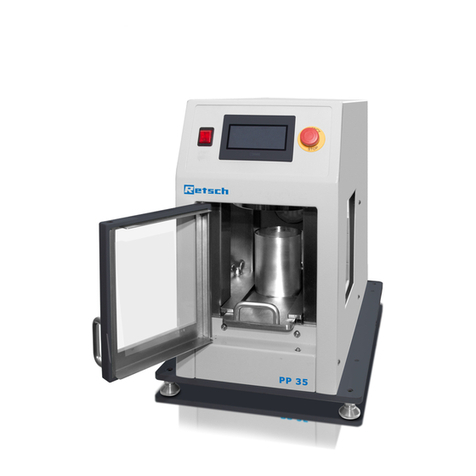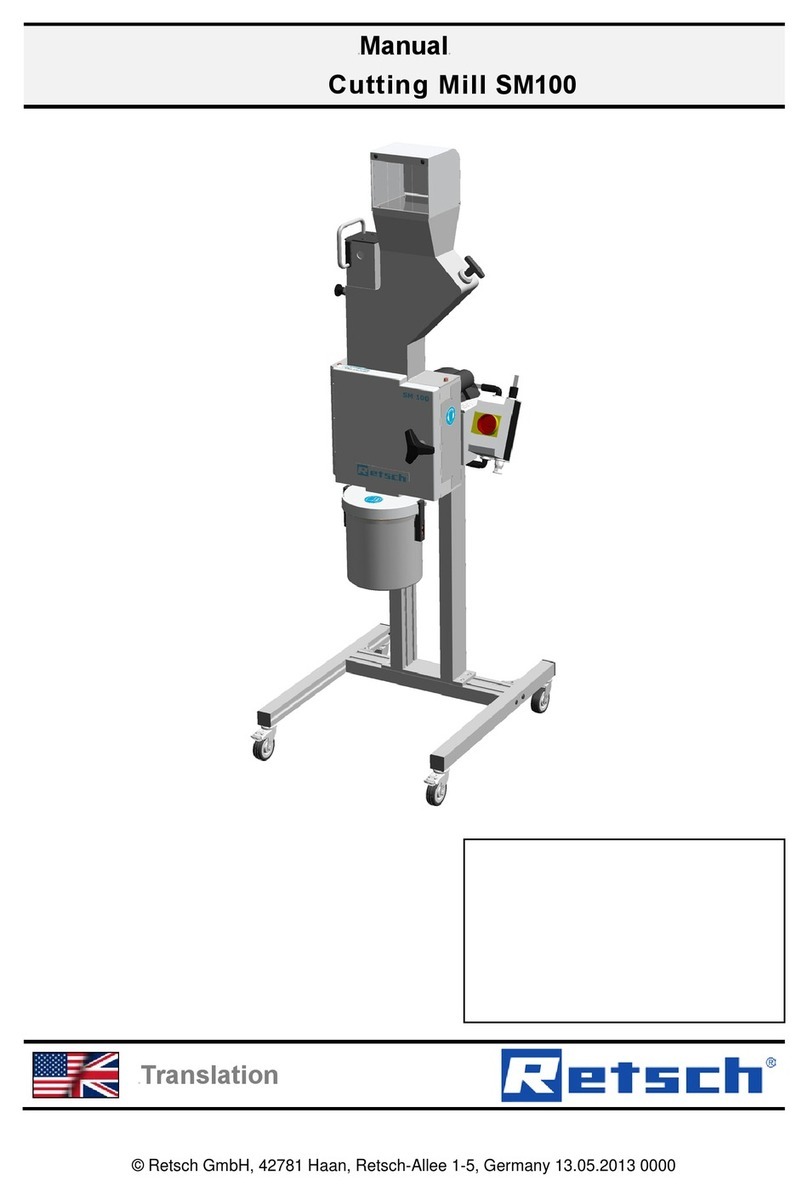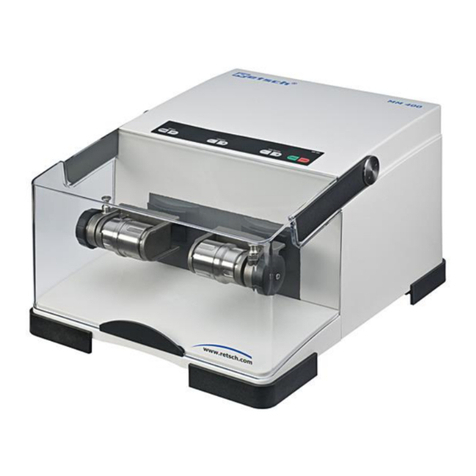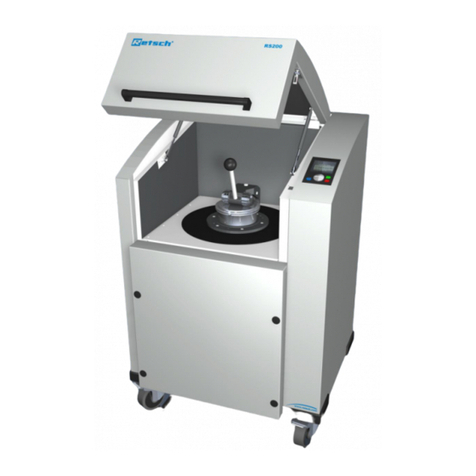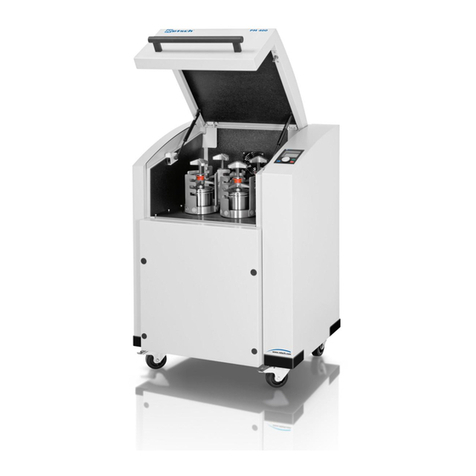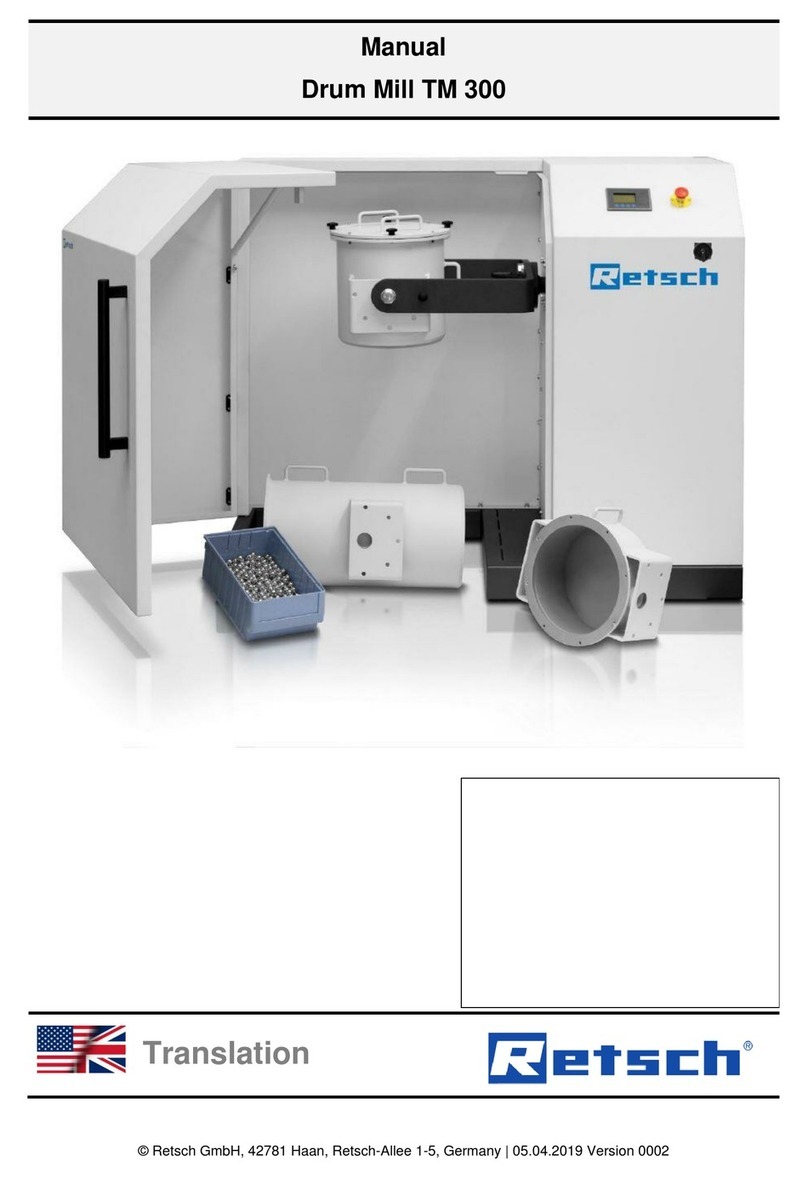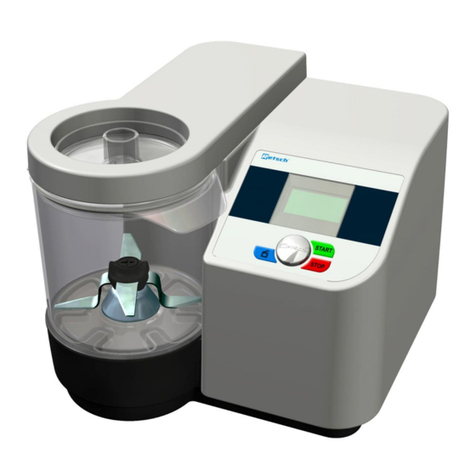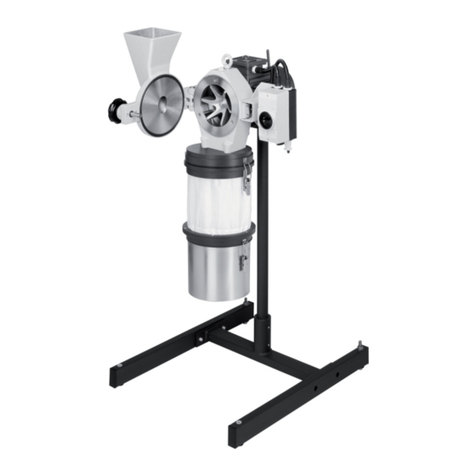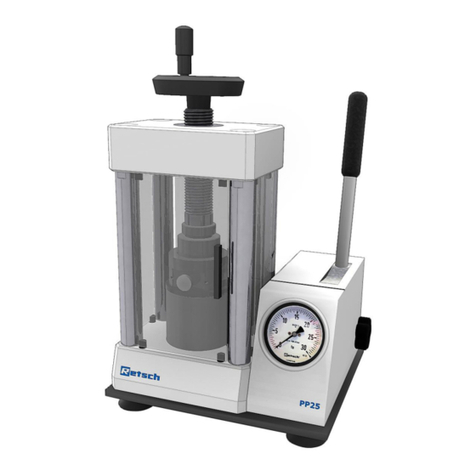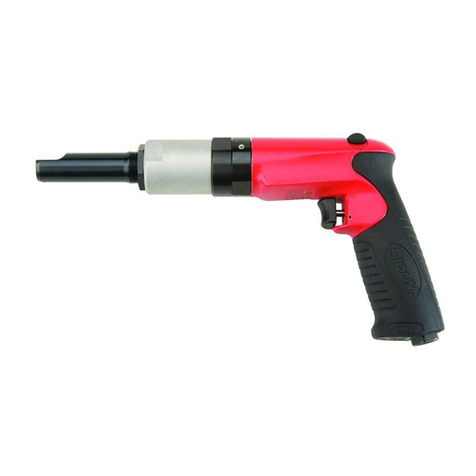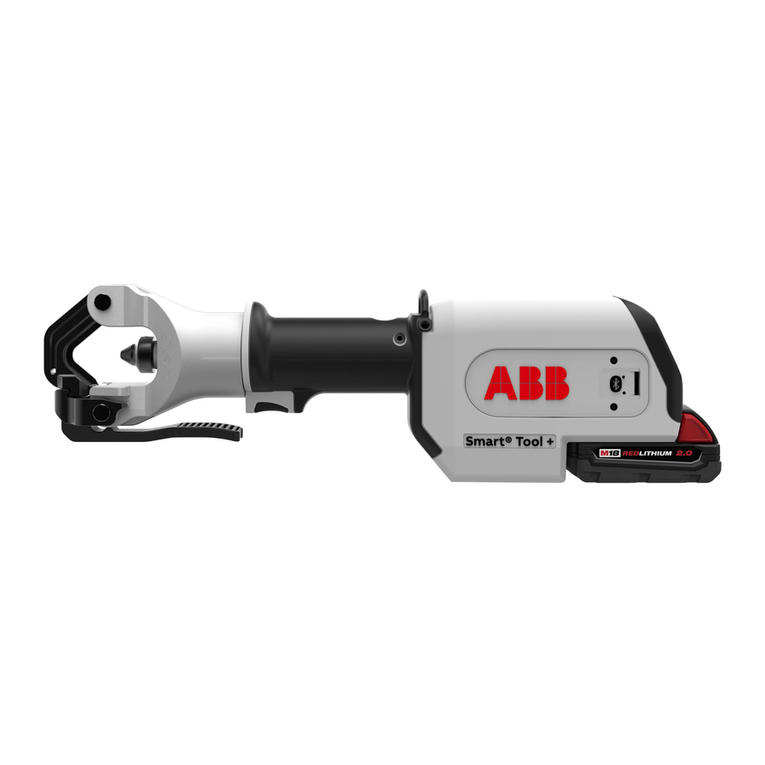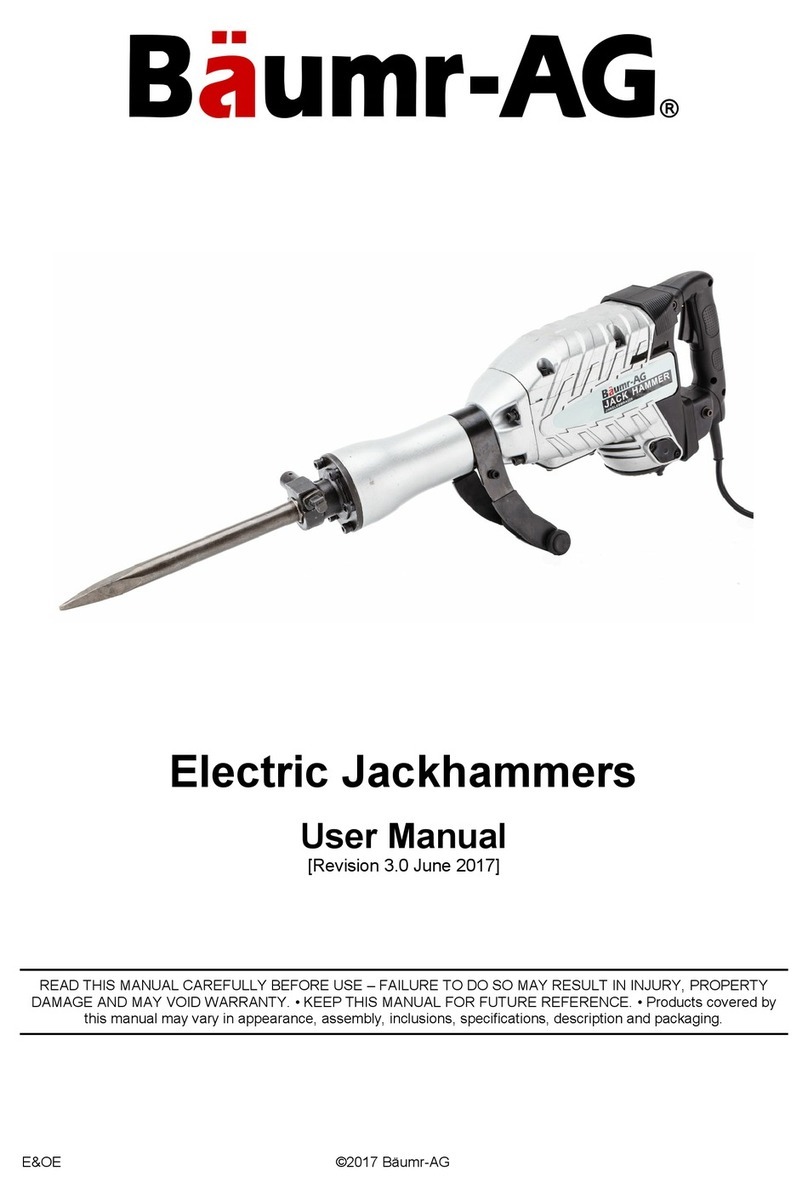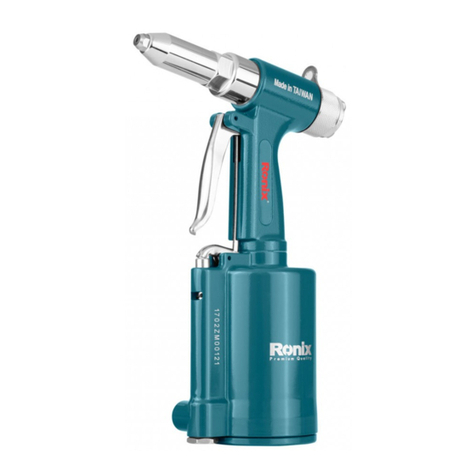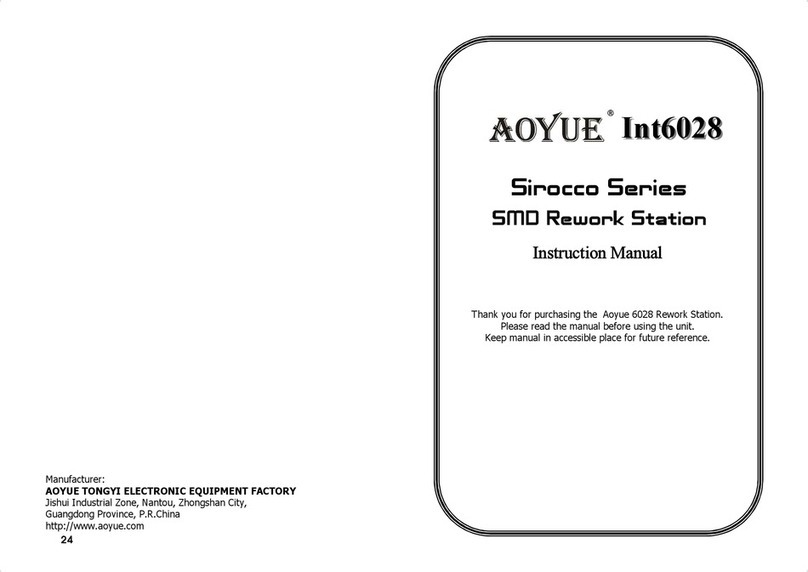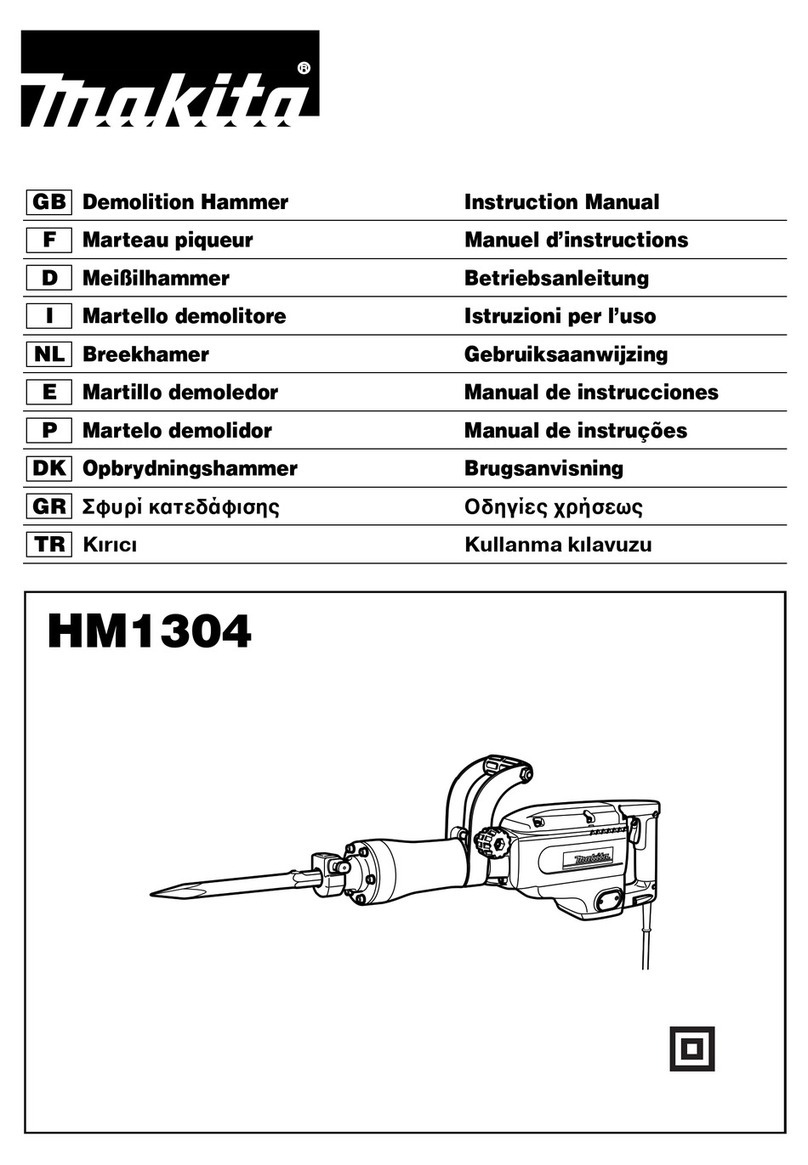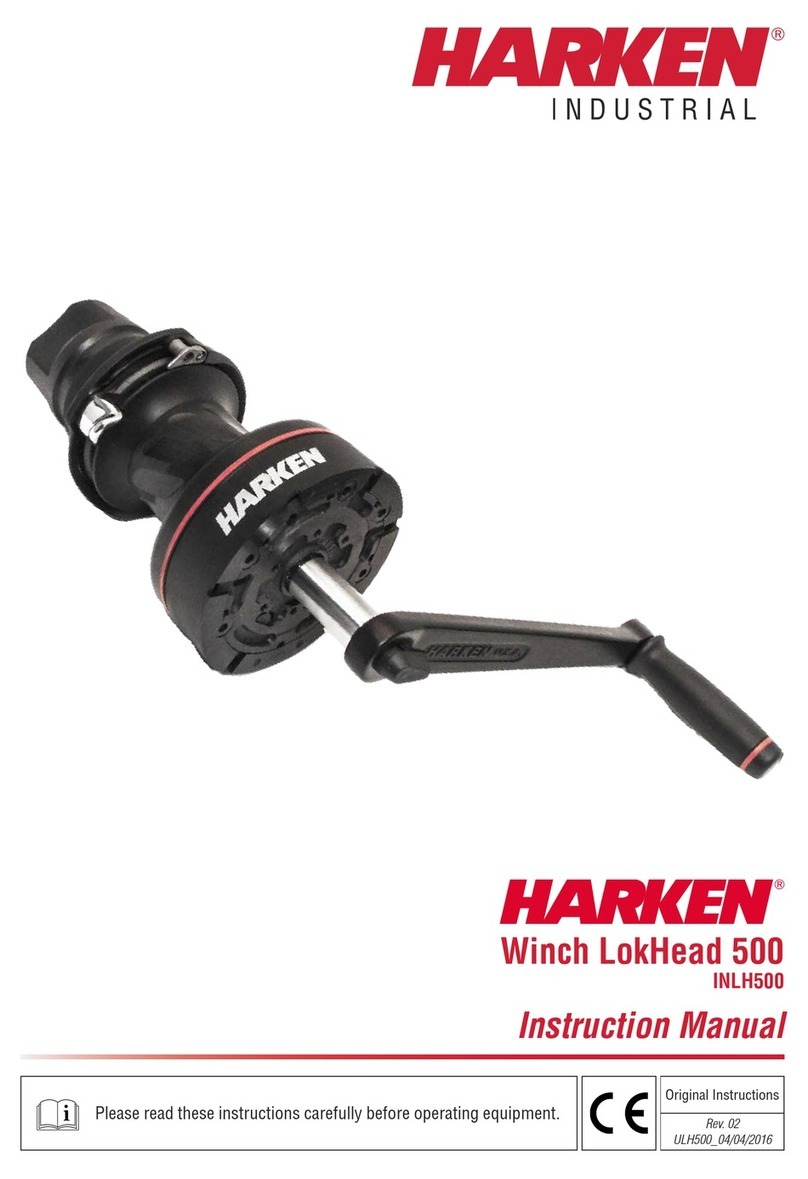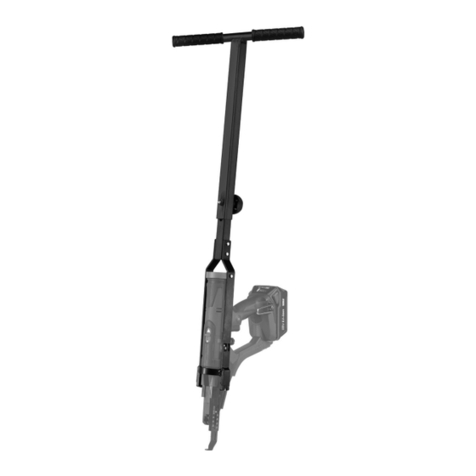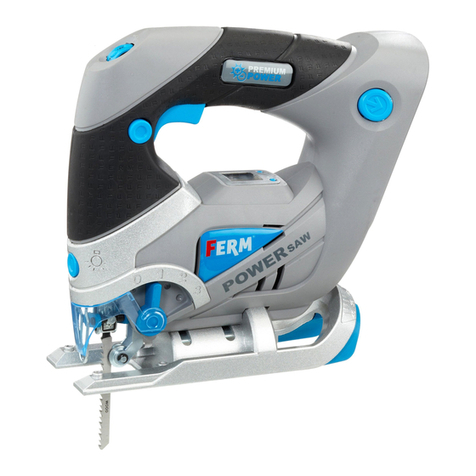Table of Contents
1Notes on the Manual ............................................................................................................................. 6
1.1 Disclaimer.......................................................................................................................................... 6
1.2 Copyright............................................................................................................................................ 6
1.3 Explanations of the Safety Instructions ............................................................................................. 7
1.4 General Safety Instructions ............................................................................................................... 8
1.5 Repairs............................................................................................................................................... 9
2Confirmation Form for the Managing Operator................................................................................ 10
3Technical Data ..................................................................................................................................... 11
3.1 Protective Equipment....................................................................................................................... 11
3.2 Degree of Protection........................................................................................................................ 11
3.3 Emissions......................................................................................................................................... 11
3.4 Electromagnetic Compatibility (EMC).............................................................................................. 12
3.5 Rated Power.................................................................................................................................... 12
3.6 Motor Rotation Speed...................................................................................................................... 12
3.7 Dimensions and Weight................................................................................................................... 12
3.8 Required Floor Space...................................................................................................................... 13
3.9 Receptacle Volume.......................................................................................................................... 13
3.10 Feed Grain Size............................................................................................................................... 13
3.11 Suitable Sieve Diameters ................................................................................................................ 13
4Packaging, Transport and Installation .............................................................................................. 14
4.1 Packaging........................................................................................................................................ 14
4.2 Transport.......................................................................................................................................... 14
4.3 Temperature Fluctuations and Condensation ................................................................................. 15
4.4 Conditions for the Installation Site................................................................................................... 15
4.5 Electrical Connection....................................................................................................................... 16
4.6 Type Plate Description..................................................................................................................... 17
5First Commissioning........................................................................................................................... 18
5.1 Setting up as Table-top Device........................................................................................................ 19
5.2 Setting up on Base Frame............................................................................................................... 20
6Operating the Device .......................................................................................................................... 25
6.1 Use of the Device for the Intended Purpose.................................................................................... 25
6.2 Principle of Operation ...................................................................................................................... 26
6.3Views of the Instrument................................................................................................................... 27
6.3.1 Front............................................................................................................................................. 27
6.3.2 Back............................................................................................................................................. 28
6.4 Switching On / Off............................................................................................................................ 29
6.5 Opening and Closing of the Device................................................................................................. 29
6.5.1 Opening ....................................................................................................................................... 30
6.5.2 Closing......................................................................................................................................... 30
6.6 Emergency Unlocking...................................................................................................................... 31
6.7 Inserting the Grinding Set................................................................................................................ 32
6.7.1 Inserting the Grinding Chamber Cartridge................................................................................... 33
6.7.2 Inserting the Rotor ....................................................................................................................... 33
6.7.3 Inserting the Retaining Frame ..................................................................................................... 34
6.8 Removing the Grinding Set.............................................................................................................. 35
6.9 Mounting the Sample Receptacle.................................................................................................... 35
7Controlling the Device ........................................................................................................................ 37
7.1 Operating Controls, Display and Functions..................................................................................... 37
7.2 Manual Mode................................................................................................................................... 37
7.2.1 Setting the Rotation Speed.......................................................................................................... 37
7.2.2 Start Process ............................................................................................................................... 37
7.2.3 Feeding Sample Material............................................................................................................. 38

